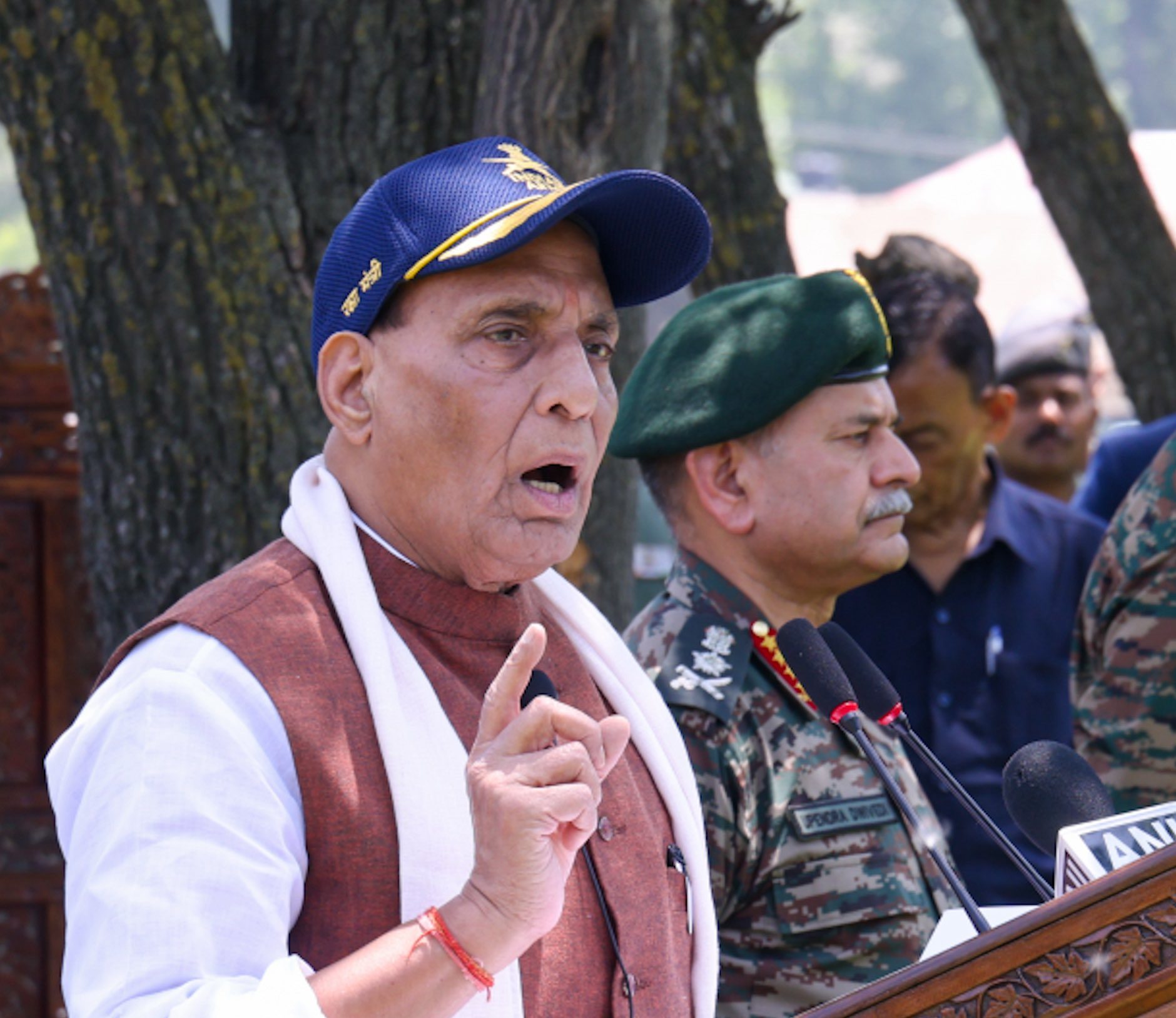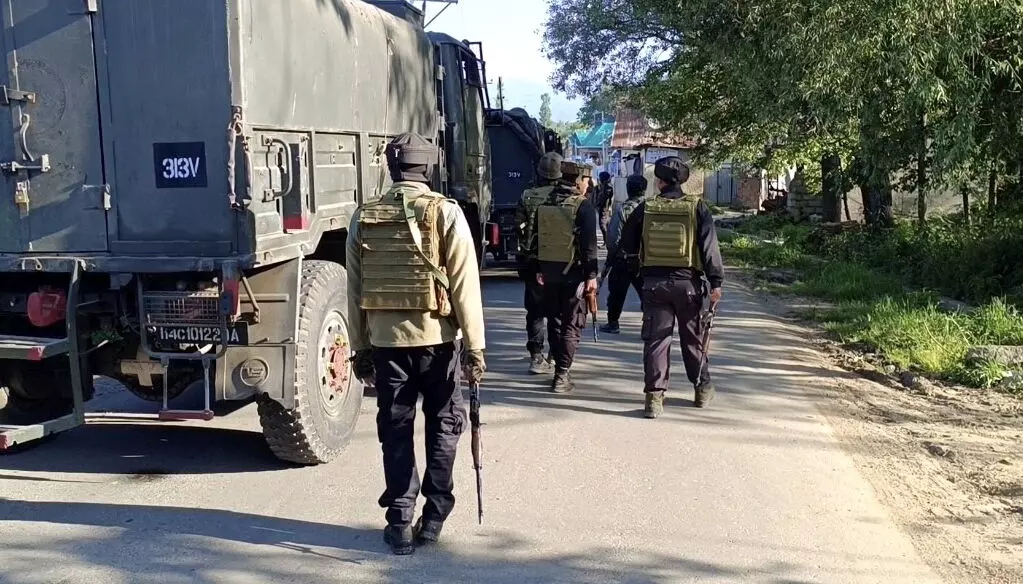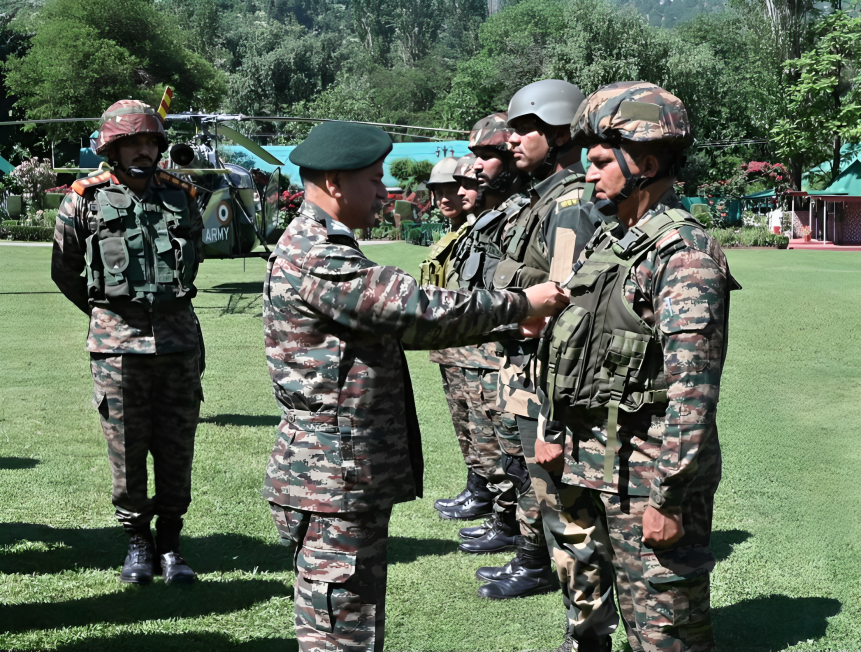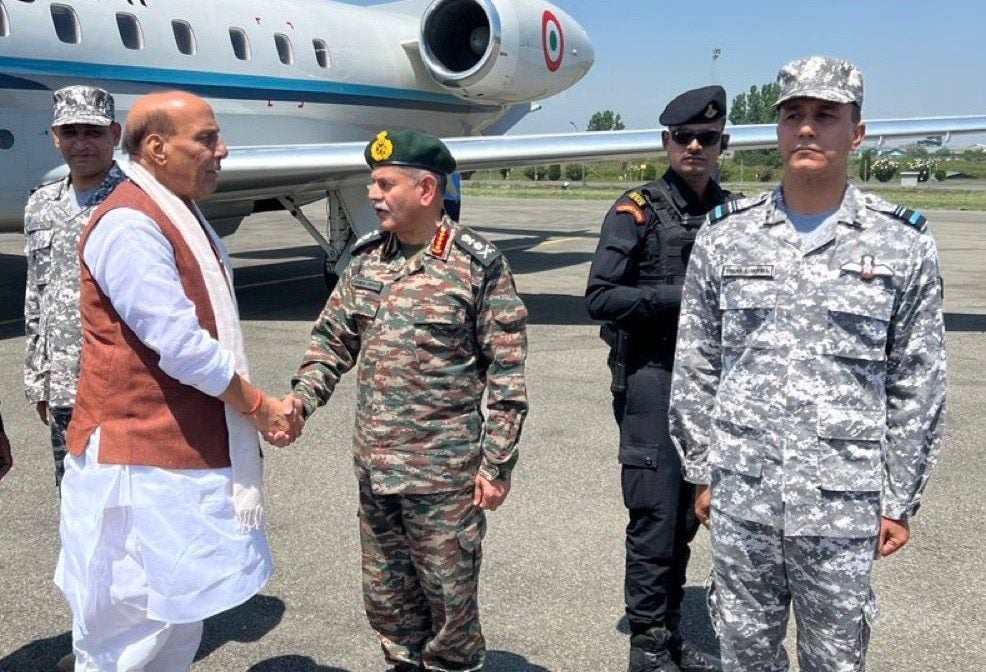“Is Pakistan’s Nuclear Arsenal Safe?”: Rajnath Singh Urges IAEA Oversight After Operation Sindoor
Defence Minister Rajnath Singh on Thursday issued a direct call for international oversight of Pakistan’s nuclear weapons, urging the International…
Should India Recognize Balochistan as an Independent Country?
Balochistan, a vast and resource-rich province in southwestern Pakistan, borders Iran, Afghanistan, and the Arabian Sea. Despite making up nearly…
Three Terrorists Killed in Operation Nader
In a significant blow to terrorism in the Kashmir Valley, Indian security forces neutralized three terrorists in the Nader area…
COAS General Upendra Dwivedi Commends Troops for Operation Sindoor Success in Dagger Division
In a morale-boosting visit to forward positions in Jammu and Kashmir, Chief of Army Staff (COAS) General Upendra Dwivedi praised…
DRDO Unveils Indigenous Desalination Technology for Indian Coast Guard
In a major stride toward technological self-reliance and maritime readiness, the Defence Research & Development Organisation (DRDO) has developed an…
Defence Minister Rajnath Singh Visits Badami Bagh Cantt in Srinagar
In a high-stakes visit amid escalating regional tensions, Defence Minister Rajnath Singh arrived in Srinagar today to meet Indian Army…






